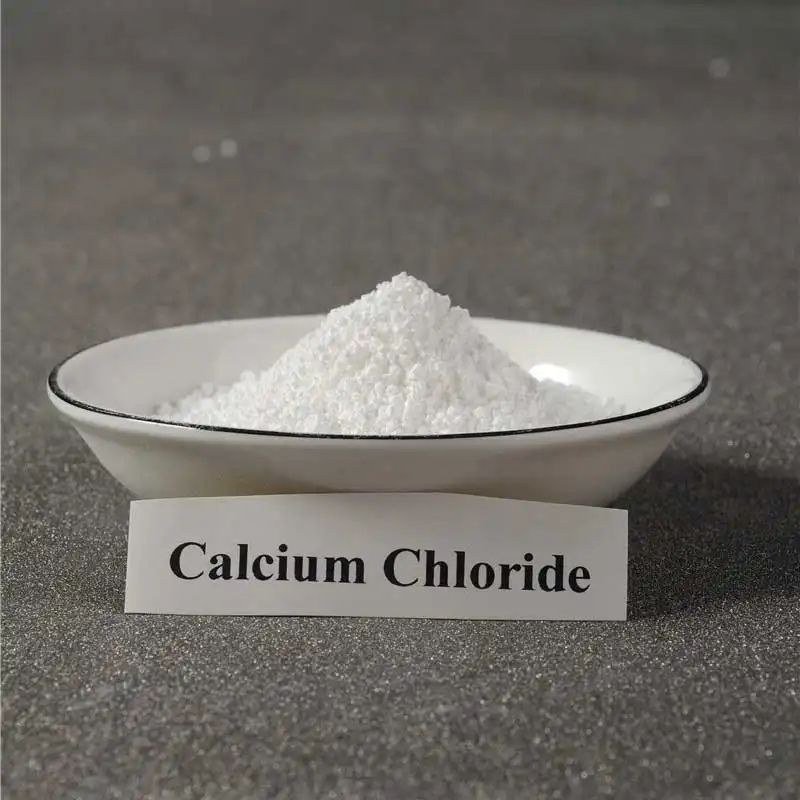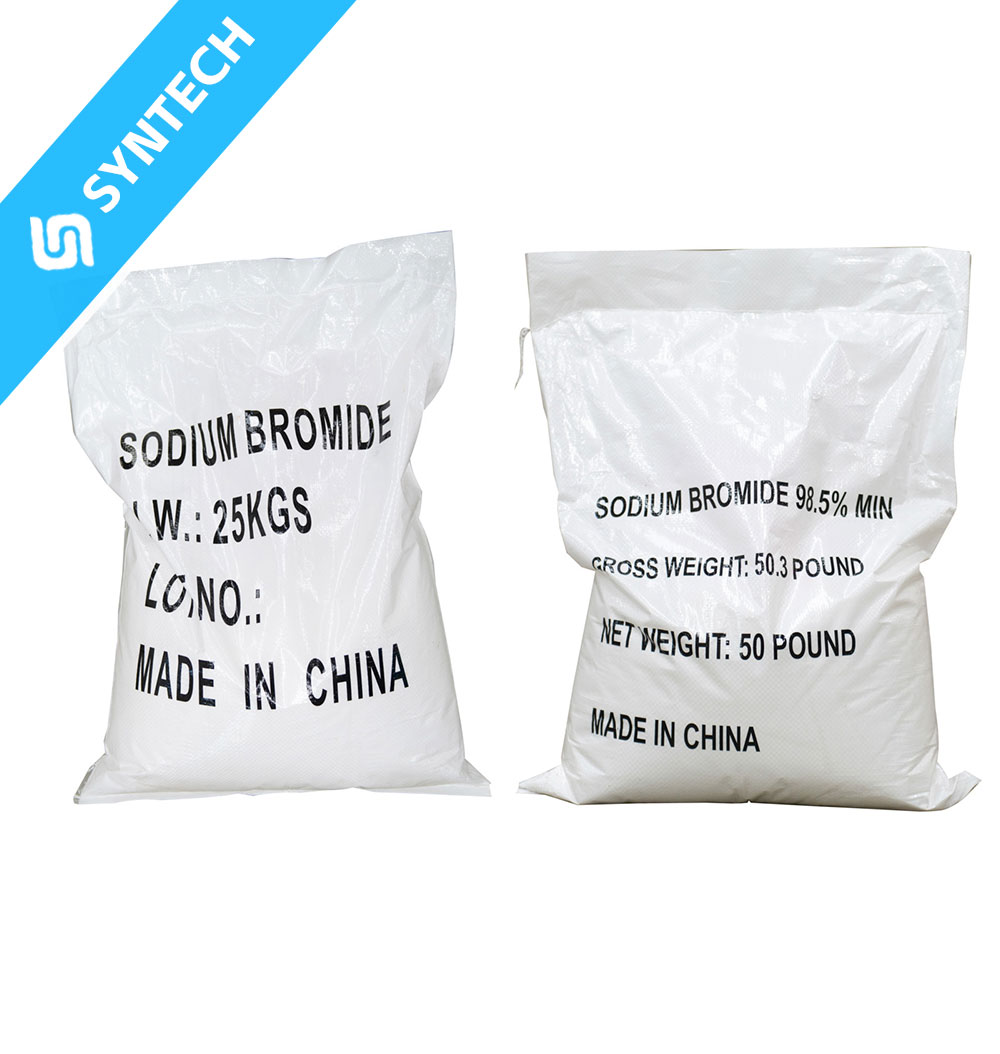Role of Sodium Methallyl Sulfonate (SMAS) in Drilling Fluid Modification
Sodium Methallyl Sulfonate (SMAS, C₄H₇NaO₃S) is a highly effective anionic monomer used to enhance the performance of water-based drilling fluids (WBDFs) in oil and gas drilling operations. Its unique chemical structure—combining a reactive vinyl group (CH₂=C(CH₃)–) and a sulfonate (–SO₃⁻) group—enables multiple functional improvements in drilling fluid systems. Below is a detailed technical explanation of its mechanisms and applications:
1. Key Functions of SMAS in Drilling Fluids
SMAS modifies drilling fluids through the following primary mechanisms:
| Function | Mechanism | Benefit |
|---|---|---|
| Clay Stabilization | Sulfonate groups adsorb onto clay surfaces via electrostatic interactions, preventing hydration and swelling. | Reduces wellbore instability in shale formations. |
| Filtration Control | Forms a low-permeability filter cake by interacting with bentonite/polymers. | Minimizes fluid loss (API filtrate < 10 mL/30 min). |
| Dispersion of Solids | Anionic charges repel drill solids (e.g., barite), reducing aggregation. | Maintains stable rheology and prevents sagging. |
| Thermal Stability | Sulfonate groups resist degradation at high temperatures (up to 150°C). | Suitable for deep/high-temperature wells. |
| Lubricity Enhancement | Adsorbs onto metal/rock surfaces, reducing friction coefficients. | Lowers torque & drag, especially in directional drilling. |
2. Chemical Interactions in Drilling Fluids
A. Clay Inhibition
- SMAS competes with water molecules for adsorption sites on clay (e.g., montmorillonite) via:
- Electrostatic binding to positively charged clay edges.
- Hydrogen bonding with silanol (–Si–OH) groups.
- Result: Suppresses clay swelling by >30% compared to conventional inhibitors (e.g., KCl).
B. Fluid Loss Control
- SMAS copolymerizes with acrylamide (AM) or starch to form a crosslinked network:
- Example copolymer: SMAS-AMPS-acrylic acid terpolymer.
- Mechanism: The sulfonate groups enhance adsorption onto bentonite, creating a denser filter cake.
- Performance: Reduces API fluid loss by 40–60% at 0.2–0.5% dosage.
C. Rheology Modification
- Viscosity Stabilization: SMAS prevents solid flocculation via steric and electrostatic repulsion.
- Yield Point (YP) Adjustment: Optimizes YP/PV ratio for efficient cuttings transport.
3. Typical SMAS-Enhanced Drilling Fluid Formulations
| Component | Role | Dosage (wt%) | Example Product |
|---|---|---|---|
| SMAS copolymer | Filtration control | 0.1–0.5 | SMAS-AMPS-starch graft polymer |
| Bentonite | Base viscosity | 4–6 | API-grade sodium bentonite |
| Polyanionic Cellulose (PAC) | Secondary fluid loss control | 0.1–0.3 | PAC-LV or PAC-R |
| Xanthan Gum | Suspension agent | 0.1–0.2 | Biopolymer-grade xanthan |
| KCl | Clay inhibitor (synergistic) | 2–5 | Industrial-grade KCl |
Formulation Example (High-Temperature Fluid):
- Base fluid: Fresh water + 5% bentonite.
- Additives:
- 0.3% SMAS-AMPS copolymer (for thermal stability).
- 0.2% Xanthan gum (suspension).
- 3% KCl (clay inhibition).
- Performance:
- HTHP fluid loss (120°C): <15 mL/30 min.
- Clay swelling inhibition: >50% reduction vs. blank.
4. Advantages Over Conventional Additives
| Parameter | Traditional Additive (e.g., Lignosulfonate) | SMAS-Based System |
|---|---|---|
| Temperature Limit | ≤100°C | ≤150°C |
| Environmental Impact | High COD/BOD | Low toxicity, readily biodegradable |
| Salt Tolerance | Limited in Ca²⁺/Mg²⁺-rich brines | Stable in seawater & high-salinity brines |
| Cost Efficiency | Frequent dosing required | Long-lasting effects at low concentrations |
5. Field Case Study: SMAS in Shale Gas Drilling
- Location: Sichuan Basin, China (high-clay shale formation).
- Challenge: Severe wellbore instability due to clay swelling.
- Solution: SMAS-grafted starch (0.4%) + 4% KCl in WBDF.
- Results:
- Clay swelling reduction: 65% (vs. 40% with KCl alone).
- ROP improvement: 15% due to better hole cleaning.
6. Limitations & Mitigations
| Issue | Solution |
|---|---|
| Foaming tendency | Add silicone defoamers (0.05–0.1%). |
| Incompatibility with cationic additives | Use non-ionic surfactants (e.g., PEG). |
| High-cost at scale | Blend with lignosulfonates for cost savings. |
Conclusion
SMAS significantly enhances drilling fluid performance by:
- Stabilizing clays through sulfonate adsorption.
- Reducing fluid loss via polymer-cake reinforcement.
- Improving thermal/salt tolerance for harsh conditions.
- Lowering environmental impact compared to lignosulfonates.
For optimal results, SMAS should be used in copolymerized form (e.g., with AMPS or starch) and tailored to specific well conditions (salinity, temperature, lithology). Would you like a customized formulation for your drilling scenario?






